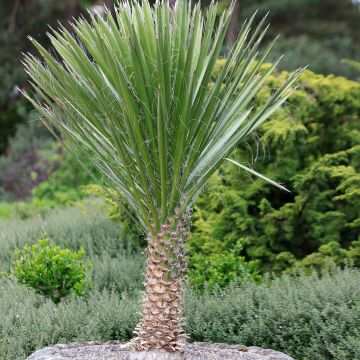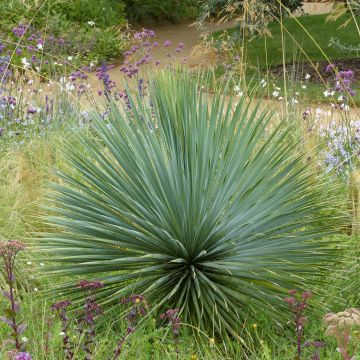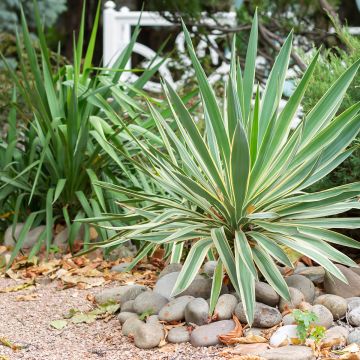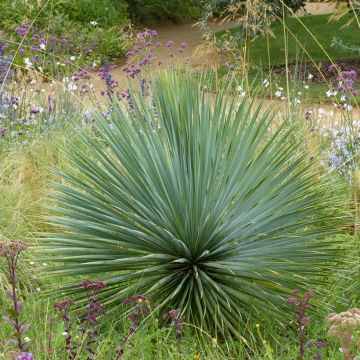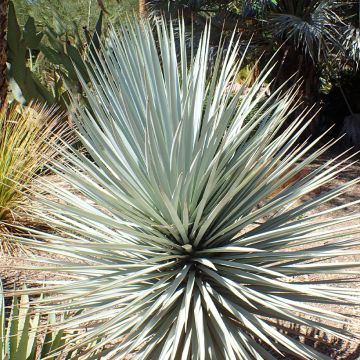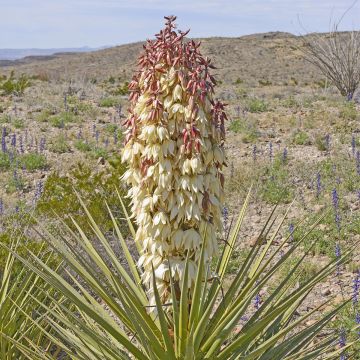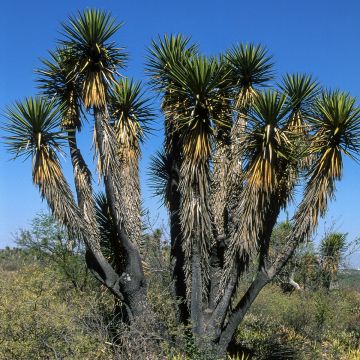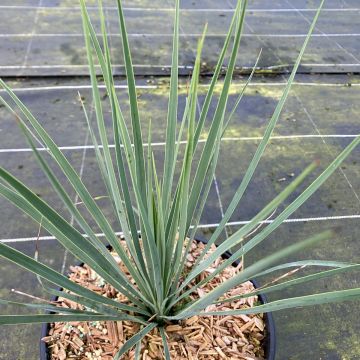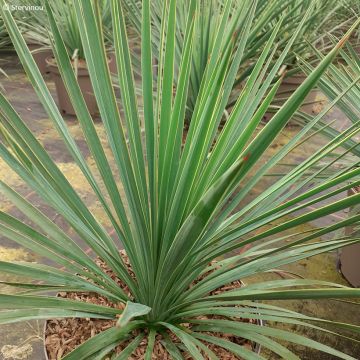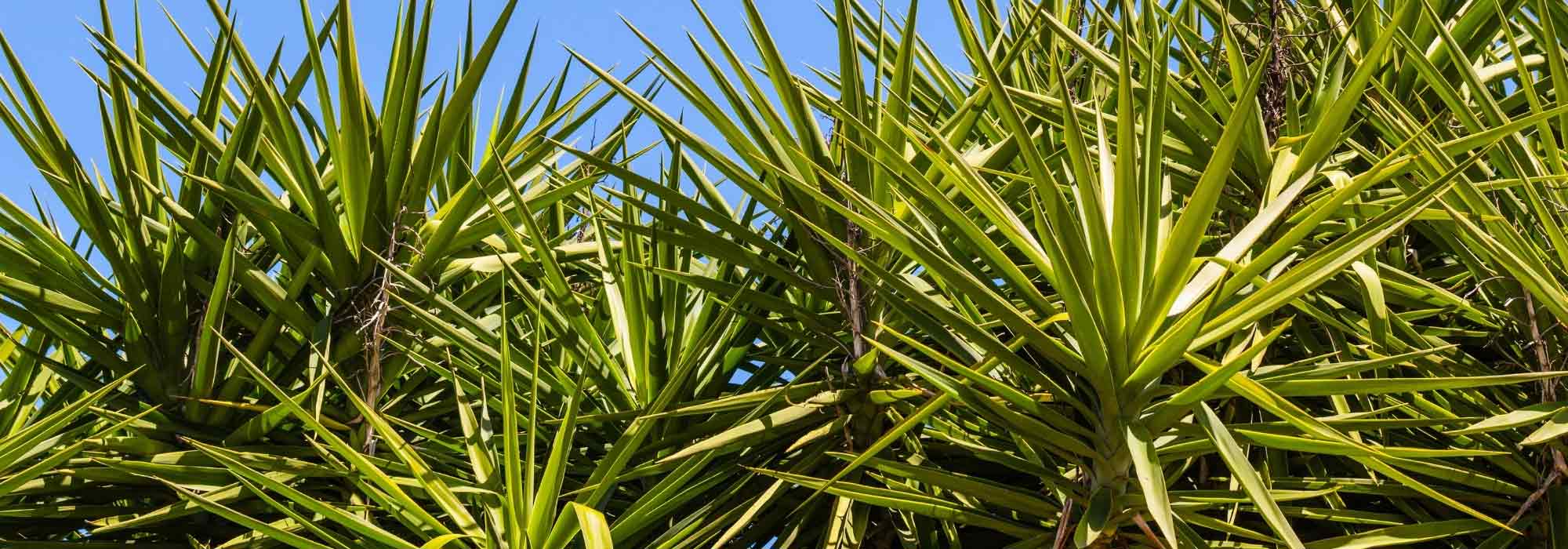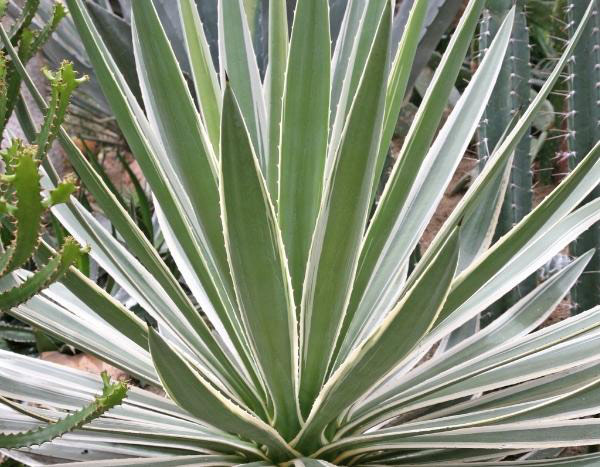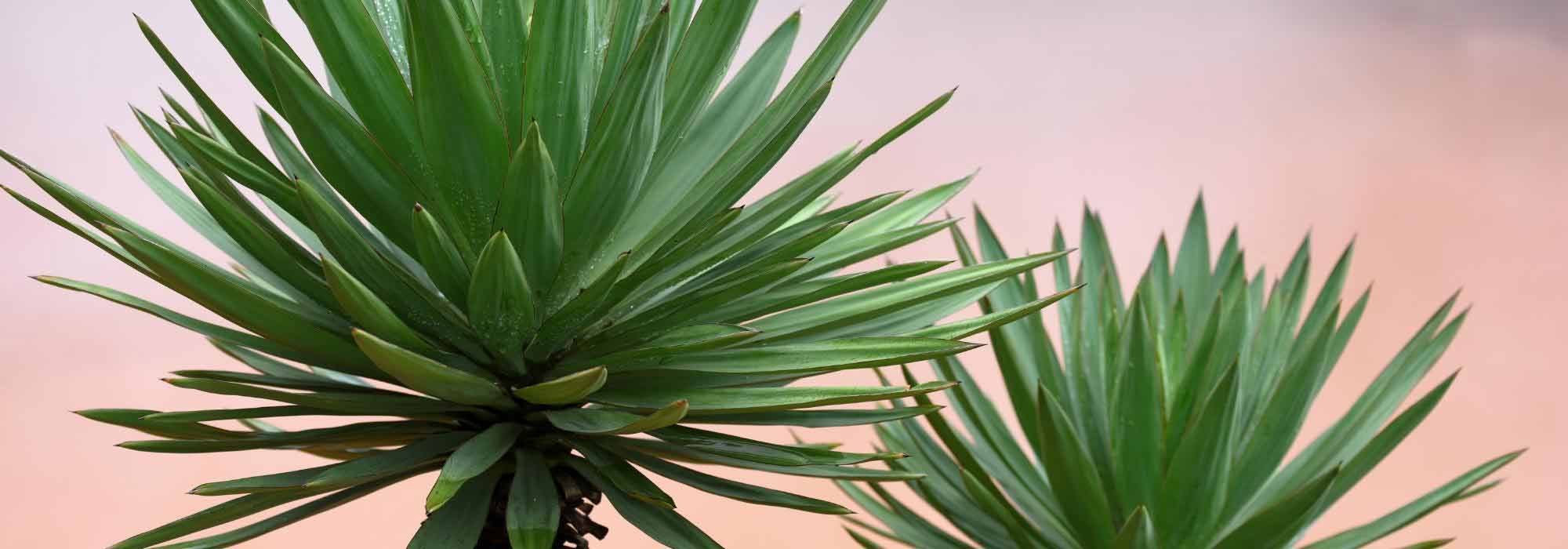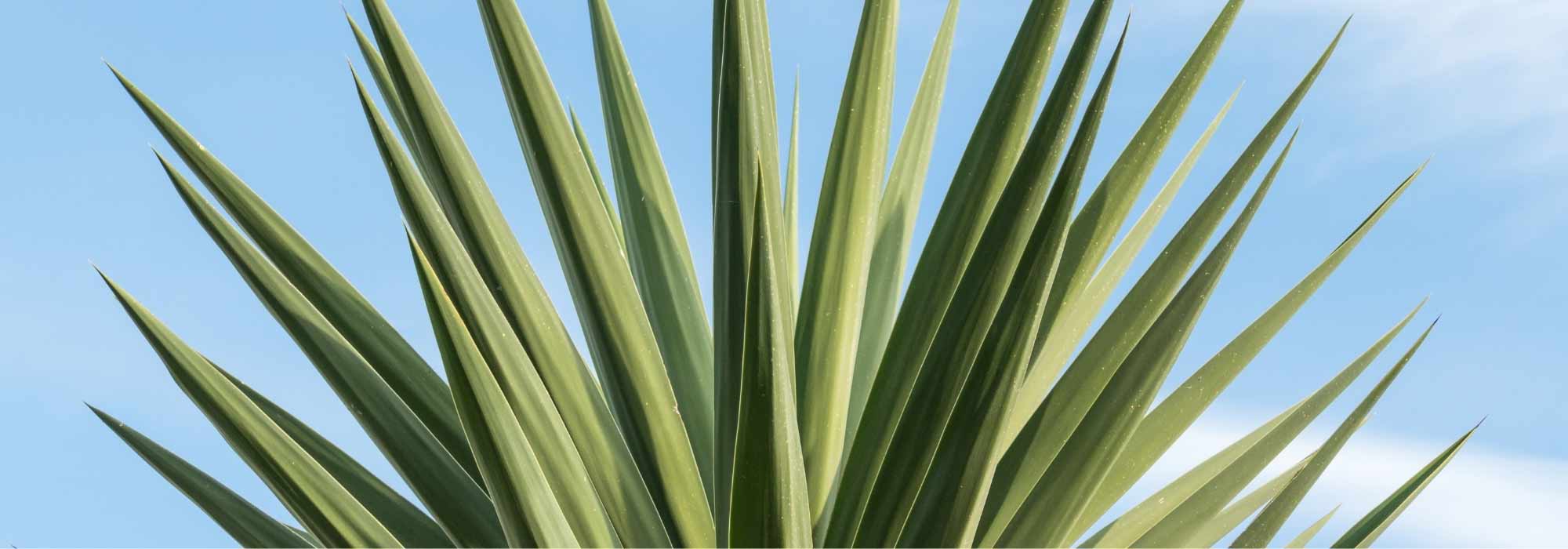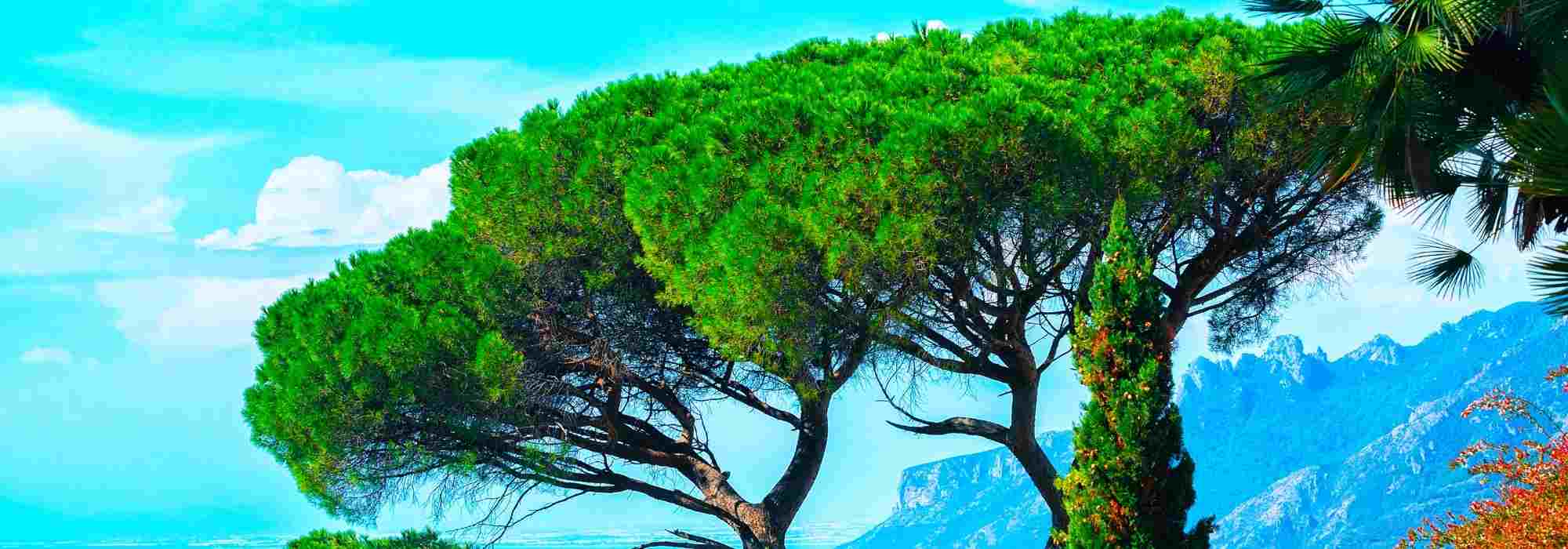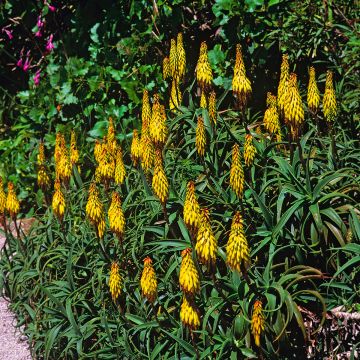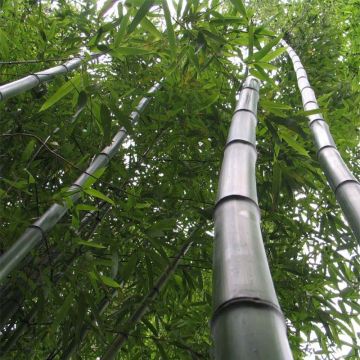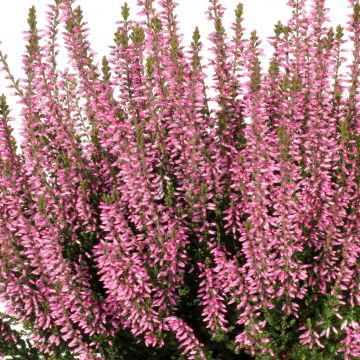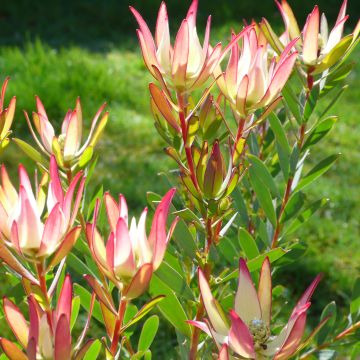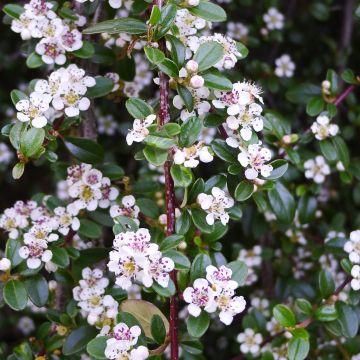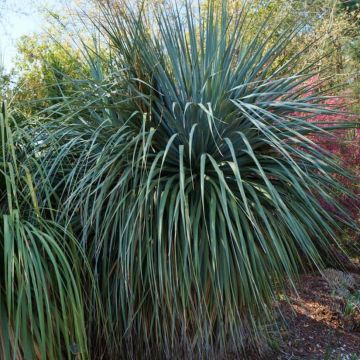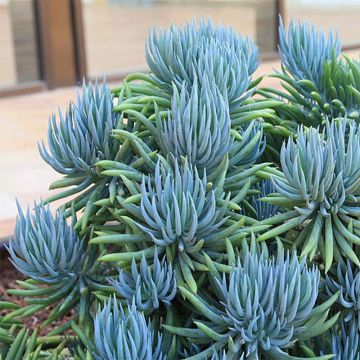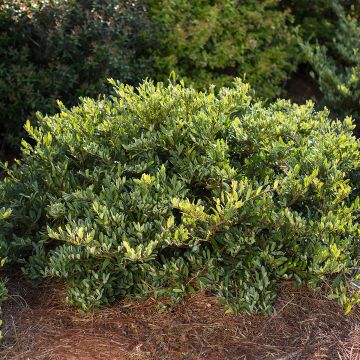

Yucca pallida - Pale yucca


Yucca pallida - Pale yucca


Yucca pallida - Pale yucca
Yucca pallida - Pale yucca
Yucca pallida
Pale yucca
Special offer!
Receive a €20 voucher for any order over €90 (excluding delivery costs, credit notes, and plastic-free options)!
1- Add your favorite plants to your cart.
2- Once you have reached €90, confirm your order (you can even choose the delivery date!).
3- As soon as your order is shipped, you will receive an email containing your voucher code, valid for 3 months (90 days).
Your voucher is unique and can only be used once, for any order with a minimum value of €20, excluding delivery costs.
Can be combined with other current offers, non-divisible and non-refundable.
Why not try an alternative variety in stock?
View all →This plant carries a 24 months recovery warranty
More information
We guarantee the quality of our plants for a full growing cycle, and will replace at our expense any plant that fails to recover under normal climatic and planting conditions.
Would this plant suit my garden?
Set up your Plantfit profile →
Description
With its steel-blue foliage and architectural habit, Yucca pallida, also known as Pale Yucca, is a plant that brings a contemporary and elegant touch to dry gardens. Native to Texas, this elegant yucca is attractive for its hardiness and drought resistance. Its long, flexible, slightly curved leaves form a luminous blue-tinged clump that stands out in rockeries and sunny borders. In spring or early summer, it produces tall, upright flowering spikes bearing delicate cream-white bell-shaped flowers. This plant will also make a striking statement in a pot on a sunny terrace.
Yucca pallida belongs to the Asparagaceae family, like all Yuccas. This species is endemic to north-central Texas, particularly in blackland prairies, where it grows on well-drained limestone substrates. This plant is often found in plains and rocky areas of the region. It forms a dense rosette without an apparent trunk, with rigid yet flexible, pale blue-green leaves. The leaves typically measure between 15 and 40 cm in length and 2 to 3 cm in width, broader towards the middle. They are flat, sometimes with slightly wavy or curled edges, and they end in a yellow to brown, minimally sharp thorn. The growth of Yucca pallida is moderate, and at maturity, it reaches about 60 cm in height with a spread of 60 to 90 cm. In spring, Yucca pallida produces a paniculate inflorescence rising up to 1.50 m or 2.50 m in height, bearing up to 100 bell-shaped flowers, each measuring 5 to 7 cm in length. The flowers range from pale green to cream-white and are scentless but nectar-rich. After flowering, capsule-like fruits form, containing flat black seeds. The foliage is evergreen in winter, remaining decorative throughout the year. Yucca pallida develops deep roots, giving it excellent drought resistance and stability against winds.
The Pale Yucca is a robust species, capable of withstanding temperatures as low as -18°C. Planted in a stony, well-drained soil, it can thrive in many gardens, from Mediterranean shores to inland areas. Pair it, for example, with Teucrium marum, a fragrant cushion-shaped plant that highlights the yucca's stiffer structure. Purple New Zealand Flax (Phormium tenax 'Purpureum') adds height and dynamism with its long, colourful leaves. Corsican Spurge (Euphorbia myrsinites) enriches the palette with its bluish foliage and chartreuse flowers.
Yucca pallida - Pale yucca in pictures






Plant habit
Flowering
Foliage
Botanical data
Yucca
pallida
Asparagaceae
Pale yucca
Yucca pallida var. edentata, Yucca rupicola var. edentata
North America
Other Yucca
View all →Planting and care
Plant Yucca pallida in spring, in a very sunny and sheltered position if your garden is in a very cold area, but plant in early autumn in hot and dry summer climates. A mature specimen will withstand brief frosts of around -18°C if the soil does not retain water. This species dislikes clay soils and moisture, particularly when combined with cold: plant it in very well-drained soil, ideally in a large rockery, a raised bed enriched with gravel, or a rocky slope. However, it is not fussy about soil type, which can be slightly acidic, neutral, sandy, stony, or even very chalky. Monitor watering for the first two years, especially during hot and dry periods. Remove spent flower stems.
Your Yucca looks magnificent, but it isn’t flowering? It’s likely still too young or has only been planted in your garden for 3 or 4 years. This plant seems to take time to establish and may only flower after about 8 years. After that, depending on sunlight and climate, it will bloom every year, or possibly every two to three years.
Fertilisation in yuccas:
In their native habitats, Yucca flowers are pollinated exclusively by a few species of tiny, primitive moths lacking proboscises, which live in symbiosis with the plant, such as Prodoxus. The female moths carry pollen grains from one flower to the pistil of another. They lay a few eggs at the base of the flower, and the young caterpillars feed on some of the seeds. Since Prodoxus moths are not part of our fauna, most yuccas grown in our gardens never produce fruit. Only Yucca aloifolia is capable of doing so, as its pollination does not depend on the presence of these micro-moths.
Planting period
Intended location
Care
Planting & care advice
This item has not been reviewed yet - be the first to leave a review about it.
Similar products
Haven't found what you were looking for?
Hardiness is the lowest winter temperature a plant can endure without suffering serious damage or even dying. However, hardiness is affected by location (a sheltered area, such as a patio), protection (winter cover) and soil type (hardiness is improved by well-drained soil).

Photo Sharing Terms & Conditions
In order to encourage gardeners to interact and share their experiences, Promesse de fleurs offers various media enabling content to be uploaded onto its Site - in particular via the ‘Photo sharing’ module.
The User agrees to refrain from:
- Posting any content that is illegal, prejudicial, insulting, racist, inciteful to hatred, revisionist, contrary to public decency, that infringes on privacy or on the privacy rights of third parties, in particular the publicity rights of persons and goods, intellectual property rights, or the right to privacy.
- Submitting content on behalf of a third party;
- Impersonate the identity of a third party and/or publish any personal information about a third party;
In general, the User undertakes to refrain from any unethical behaviour.
All Content (in particular text, comments, files, images, photos, videos, creative works, etc.), which may be subject to property or intellectual property rights, image or other private rights, shall remain the property of the User, subject to the limited rights granted by the terms of the licence granted by Promesse de fleurs as stated below. Users are at liberty to publish or not to publish such Content on the Site, notably via the ‘Photo Sharing’ facility, and accept that this Content shall be made public and freely accessible, notably on the Internet.
Users further acknowledge, undertake to have ,and guarantee that they hold all necessary rights and permissions to publish such material on the Site, in particular with regard to the legislation in force pertaining to any privacy, property, intellectual property, image, or contractual rights, or rights of any other nature. By publishing such Content on the Site, Users acknowledge accepting full liability as publishers of the Content within the meaning of the law, and grant Promesse de fleurs, free of charge, an inclusive, worldwide licence for the said Content for the entire duration of its publication, including all reproduction, representation, up/downloading, displaying, performing, transmission, and storage rights.
Users also grant permission for their name to be linked to the Content and accept that this link may not always be made available.
By engaging in posting material, Users consent to their Content becoming automatically accessible on the Internet, in particular on other sites and/or blogs and/or web pages of the Promesse de fleurs site, including in particular social pages and the Promesse de fleurs catalogue.
Users may secure the removal of entrusted content free of charge by issuing a simple request via our contact form.
The flowering period indicated on our website applies to countries and regions located in USDA zone 8 (France, the United Kingdom, Ireland, the Netherlands, etc.)
It will vary according to where you live:
- In zones 9 to 10 (Italy, Spain, Greece, etc.), flowering will occur about 2 to 4 weeks earlier.
- In zones 6 to 7 (Germany, Poland, Slovenia, and lower mountainous regions), flowering will be delayed by 2 to 3 weeks.
- In zone 5 (Central Europe, Scandinavia), blooming will be delayed by 3 to 5 weeks.
In temperate climates, pruning of spring-flowering shrubs (forsythia, spireas, etc.) should be done just after flowering.
Pruning of summer-flowering shrubs (Indian Lilac, Perovskia, etc.) can be done in winter or spring.
In cold regions as well as with frost-sensitive plants, avoid pruning too early when severe frosts may still occur.
The planting period indicated on our website applies to countries and regions located in USDA zone 8 (France, United Kingdom, Ireland, Netherlands).
It will vary according to where you live:
- In Mediterranean zones (Marseille, Madrid, Milan, etc.), autumn and winter are the best planting periods.
- In continental zones (Strasbourg, Munich, Vienna, etc.), delay planting by 2 to 3 weeks in spring and bring it forward by 2 to 4 weeks in autumn.
- In mountainous regions (the Alps, Pyrenees, Carpathians, etc.), it is best to plant in late spring (May-June) or late summer (August-September).
The harvesting period indicated on our website applies to countries and regions in USDA zone 8 (France, England, Ireland, the Netherlands).
In colder areas (Scandinavia, Poland, Austria...) fruit and vegetable harvests are likely to be delayed by 3-4 weeks.
In warmer areas (Italy, Spain, Greece, etc.), harvesting will probably take place earlier, depending on weather conditions.
The sowing periods indicated on our website apply to countries and regions within USDA Zone 8 (France, UK, Ireland, Netherlands).
In colder areas (Scandinavia, Poland, Austria...), delay any outdoor sowing by 3-4 weeks, or sow under glass.
In warmer climes (Italy, Spain, Greece, etc.), bring outdoor sowing forward by a few weeks.






























